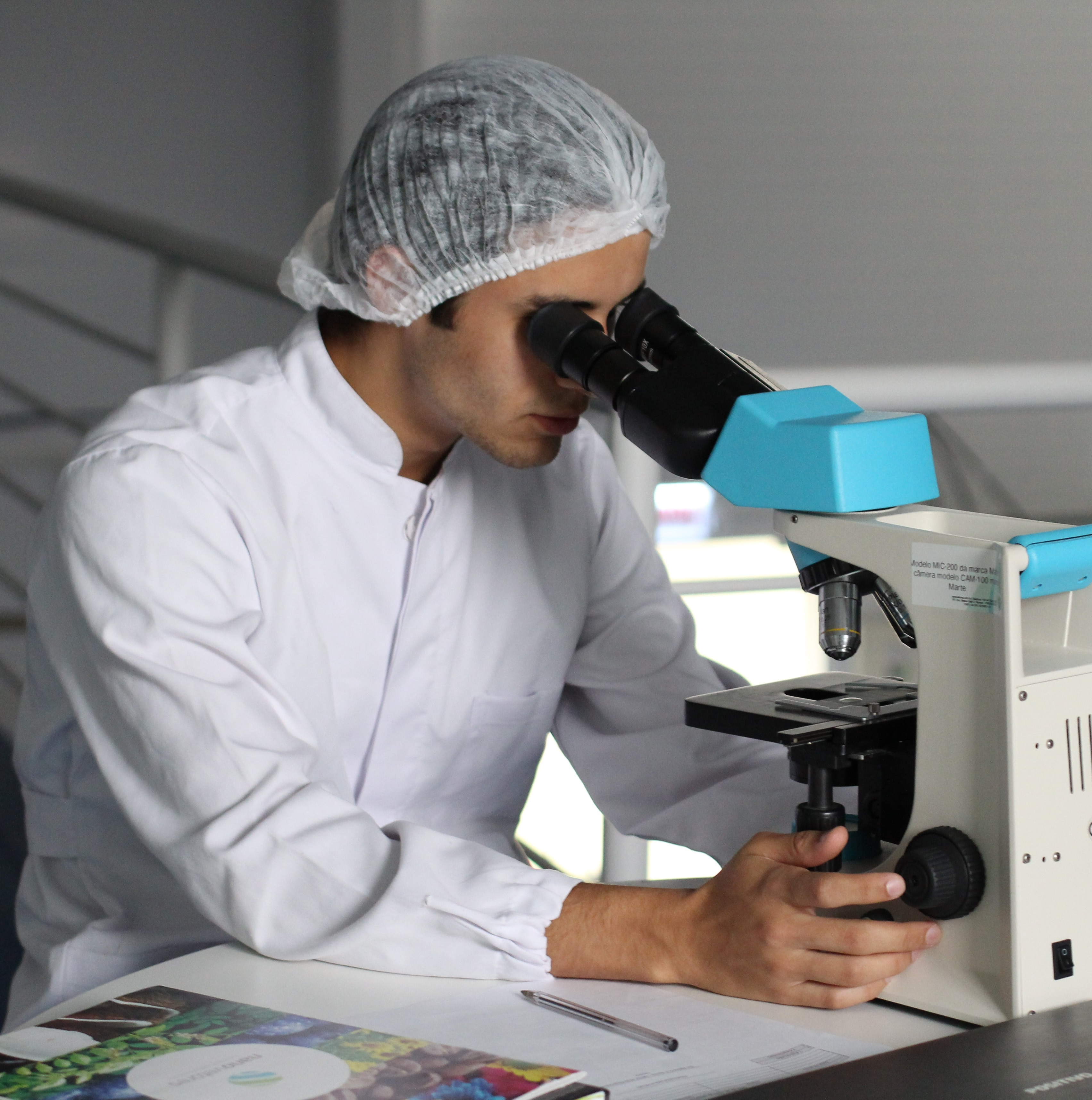NSF: Information for PIs working with Tribal Nations
Principal investigators seeking to conduct research involving Tribal Nation resources and interests should be aware of NSF’s Proposal & Award Policies & Procedures Guide (PAPPG) (NSF 24-1) Chapter II.E.10, Seeking and Obtaining Tribal Nation Approval for Proposals that May Impact Tribal Resources or Interests. Projects that do not have prior written approval from the official(s) designated by the relevant Tribal Nation(s) will not be awarded by NSF. For additional information from Idaho State University, contact or@isu.edu.
Frequently Asked Questions
For additional information from NSF, see “Supporting Tribal Nations in STEM.”
Native-Engaged Training
The native-engaged training titled "Planning Collaborative Research with Native American Communities" can be found here
Welcome!
As a Carnegie-classified High Research Activity institution, Idaho State University provides comprehensive research and scholarship support, from securing funding to navigating complex regulatory requirements. Across ISU's five campuses, we encourage interdisciplinary collaboration to explore new ideas and develop solutions to complex real-world problems.
The Office for Research connects researchers and scholars with resources and opportunities within and outside the university, including active partnerships with industry, government agencies, and non-profit organizations. We aim to make a meaningful difference in our community, region, and beyond.
Let the Office for Research be your gateway to groundbreaking research, innovation and creative scholarship.


